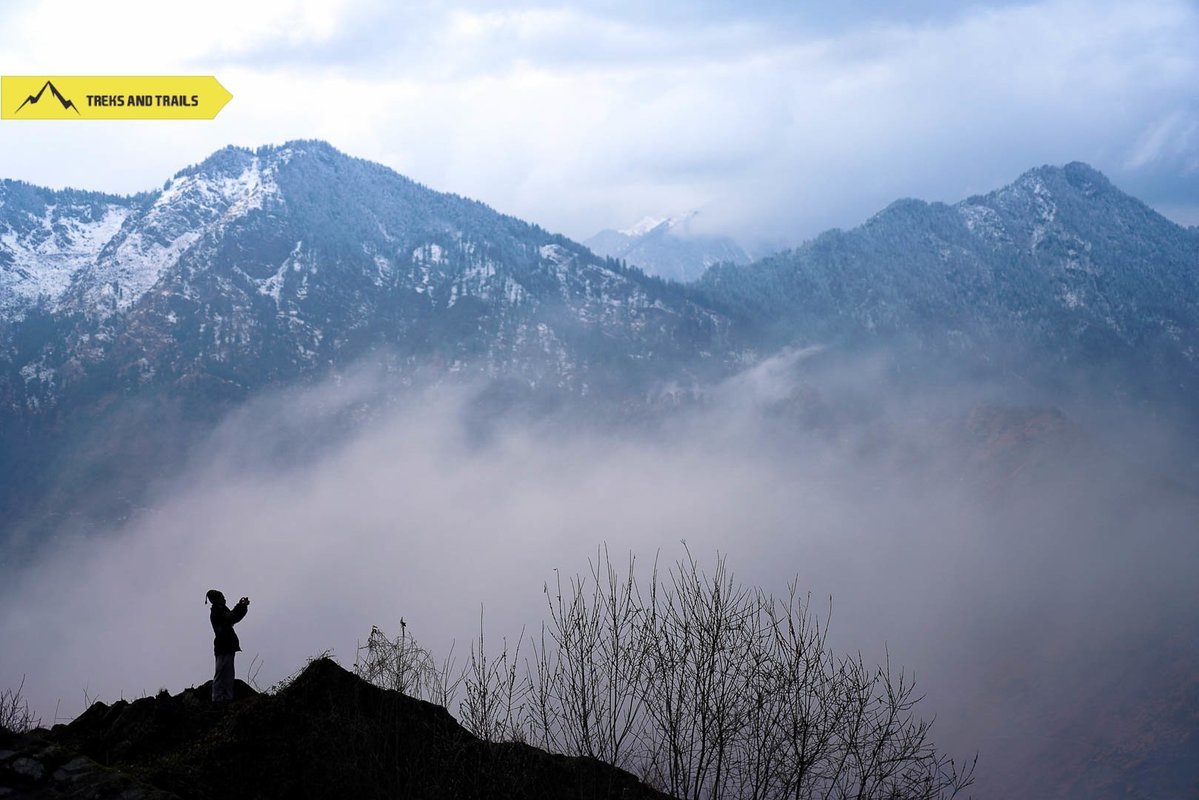
-
-
Head office+91 8828004949
-
Mumbai+91 8591064044
-
Pune+91 9359236135
-
India is a land of diversity and you can find all types of landscapes here, from the high Himalayas to the coastal beaches. Winter is one of the best times to explore India, as the weather is cool and dry in most parts of the country. Here are some of the best winter treks in India that you can add to your bucket list.
Never stop exploring.
Winter treks in India that are worth the chill
Kedarkantha Trek
A Perfect Winter & Snow Trek in the Himalayas
Kedarkantha Trekking is to reach the Kedarkantha peak in the mountain range of the Tons river valley. It is the most beautiful rounded peak and most sought-after snow trekking destination in India. Even in winter, a trek to Kedarkantha is possible as the trail path is through the dense forests and vast meadows. One will get soaked into the aura as we walk through the protected area of Govind national park. Our destination path is full of pictorial view nestled at the Kedarkantha height at 3810 meters above sea level covering a consolidated distance of 20 km — a delightful marvel for all trekkers with the verdant greenery, lush landscapes, myriad collection of flora, frozen ponds, to the sights of mesmerizing peaks. Himalaya Trekking hidden jewel the best winter season hike.
Dayara Bugyal Trek

Dayara Bugyal is one of the most beautiful treks in the Uttarkashi district of Uttarakhand. Bugyal translates to "high altitude meadow." The Dayara Bugyal Trek is famous for the view it offers after winter, when the meadows that were previously a lovely green turn into a beautiful carpet of unending white. The white snow carpets are everything that sits on the rocks, pebbles, stones, and trees. Reaching the campsite is in itself very delightful, with the forest floor slopes of snow. The trek has a different experience based on the different seasons. The Dayara Bugyal trek is an ideal beginner trek to get introduced to the Himalayas. It is a round-the-year trek with scenic beauty and mesmerising views.
Har Ki Dun Valley Trek
The name "Har Ki Dun" itself is interpreted in two different ways. First is the literal translation, i.e. Valley of Gods - Har is the name for Shiva, one of the trinity gods as per Hinduism. Dun means a valley. The other name has more resemblance with the local culture and traditions. The second translation is "The sound of Shiva or the Sound of God". Every year to welcome Lord Someshwara (a form of Shiva) a festival is held in the valley, where a Dhaki (drummer) plays the drum. It is said that ages ago a Dhaki had disappeared in the Valley above and every year during the festival month one can still occasionally hear the Dhaki playing drums far up in the valley in the early hours of the day. Many village elders mention of several accounts throughout their lives about hearing these drums.






